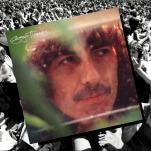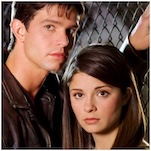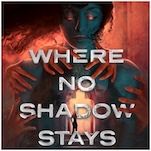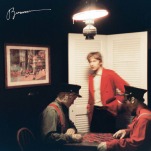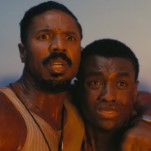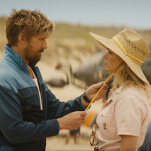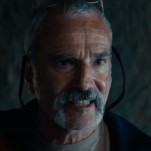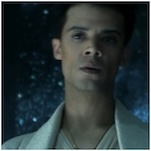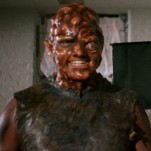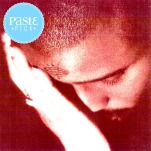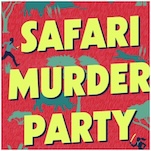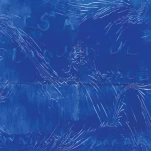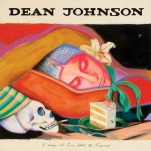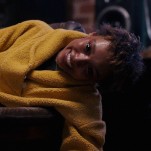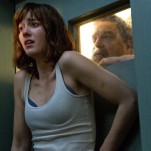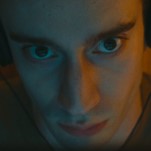The Maze Runner
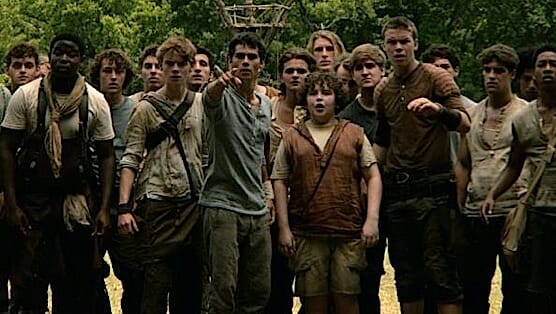
Reading James Dashner’s best-selling young adult novel The Maze Runner, I wasn’t particularly impressed. That said, this is one of those rare times when you read a book, and though you don’t think much of the work as it is, you think to yourself that this might make a decent movie. Sure, the writing may be lackluster—just because it’s for a younger audience doesn’t mean you should be able to get away with subpar writing, but that’s a discussion for another time and place—and the characters are so-so, but there a number of elements that could translate well from the page to the screen.
Structurally, the book is sound. From the get go, the pace is brisk, and there’s not a ton of down time to dwell on any issues. There’s a unique set up and hook, a constant earnest tension placed on the characters, and ample opportunities for big action set pieces that could very well work like gangbusters on the big screen. And did I mention there are big ass monsters with a sinister name? Because there are.
While there’s potential here for a good movie, the question remains, do first-time feature director Wes Ball and company capitalize on that? While this won’t necessarily blow you away or seem totally unfamiliar (especially if you’ve seen Cube), the answer is yes. The Maze Runner is a pleasing entry into the lucrative teen dystopia market that, while not quite as strong as The Hunger Games (especially Catching Fire), is a damn sight better than Divergent.
The premise is simple: a young man named Thomas (Dylan O’Brien) wakes up in a mysterious place called the Glade with no idea who he is, where he came from, or how he got there. Populated by other teen boys in a similar state, high walls enclose the Glade. They open every morning, revealing a sprawling, ever-changing maze, and close every night, but you don’t want to get stuck out there, because that’s a death sentence. Remember those monsters we talked about? They’re called Grievers, and they’re nasty buggers. Thomas’ arrival, though at first seeming pretty standard—a new boy shows up every month like clockwork—turns out to signify something new, a coming sea change. See, Thomas is different, he’s inquisitive, and he wants to find a way out ASAP.
There is a lot of exposition right away—Thomas shows up, gets a tour, and learns the lay of the land within the first few minutes, and it’s a testament to Ball that this never feels like a huge pile is being dumped on you, even though it is. Aligning you with Thomas from the very first shot, this information flows naturally—you learn as he learns, and lucky for you, he’s curious and wants to know everything about everything.
You may get recognizable elements from other YA adaptations, especially in a general aesthetic sense, but The Maze Runner owes a larger debt to classic literature. Though there are the rudiments of a dystopia, this is far more Lord of the Flies than it is Hunger Games (though Ball’s occasional use of a handheld camera definitely calls to mind the look of the first film in that particular franchise). The Gladers are a tribe stitched together by the most tenuous of rules, and even though things are pretty good when Thomas arrives, there is talk of “dark days” before, and you get the feeling that they’re never more than a step or two away from total feral chaos, and that inherent tension colors every interaction.
-

-

-

-

-

-

-

-

-

-

-

-

-

-

-

-

-

-

-

-

-

-

-

-

-

-

-

-

-

-

-

-

-

-

-

-

-

-

-

-

